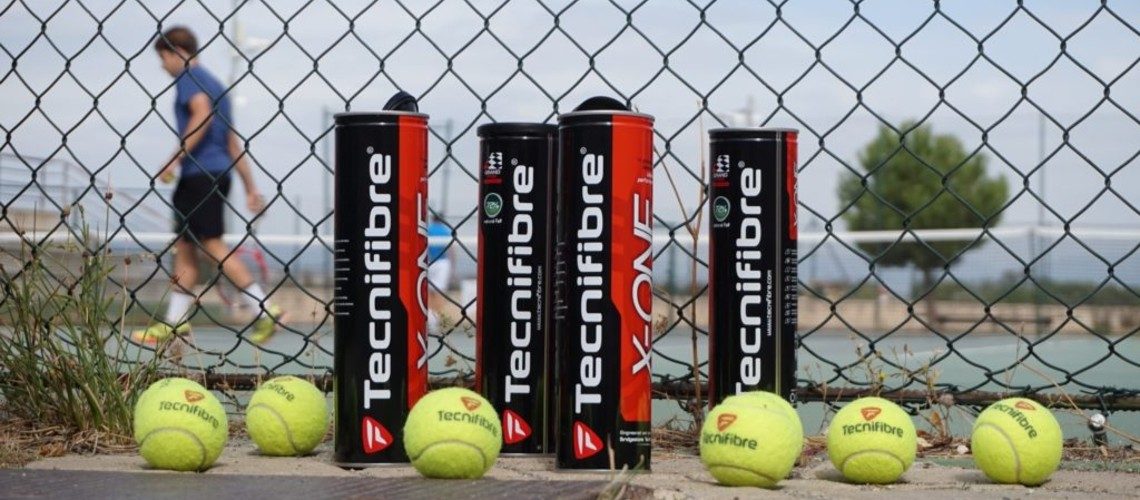In this article, we are going to talk about four pillars in tennis that are very important in the short as well as in the long term in the development and performance of a player. Those four points are Constancy, Placement (of the ball), Variety (of the shots), and Power. Each pillar has a web of works behind it. Today we will only look at general lines and try to understand the basic idea of each one.
Four pillars of tennis in development
They must be taken into account every day, in training sessions, in matches, and also in a long-term program, such as 8-12 years of training a player. The sequence of these 4 steps is very important and, depending on age or level of play, some of them are developed in a specific way. Technique, physique, style of play, mentality, are things that are linked in many ways to these pillars. From this fundamental base, a programming pyramid is then built for each player.
Higher-level players may have a special preference for one of these 4 aspects of the game and can refine it to higher levels, but they never forget the other three. Likewise, at the junior or amateur levels, each player, depending on his personality, should work on that strong side that is more akin to him. But, I repeat: we should not forget the sequence:
- Put the ball in the court
- Place it
- Vary the shots
- Search for power
Let’s look at each of these points separately.
Constancy
The article “TENNIS, GAME OF STATISTICS”, explains the meaning of putting the ball in the court. And while that is a very simple concept, it seems that most players (and coaches) forget it too often. Let’s make it even easier: if the ball hits the court, then you are playing tennis and if not, I am sorry but you are wasting your time. And there are no excuses such as “I am not in shape, I have a bad day, the tension, the racket, the physical”, etc. Even “I just picked up the racket for the first time in my life” is not a valid excuse. (There are works when the player is asked the opposite: not to look at errors, but we’ll talk about that another day).
Normally any player at any level can pass many balls to the other side of the net. The error appears when one overestimates his possibilities and chooses a shot that is inappropriate to the situation or his ability. That’s why I always say that a person, even on his first day with the racket in hand, can pass many balls. And the key is to be practical.
Tennis on TV also influences players with little experience. Although these pro-player matches are part of our daily training, they also have their disadvantages. Many take the wrong idea of what tennis is watching those titans fight and forgetting the long road that each one of them drags behind.
What does it mean to be practical on the court? The types of shots you have to choose from are: from 100% -in, measuring safety, to 60% -in / 40% -out, as the maximum risk. You have to measure margins and power properly and make that intuitive with time. There will be times when the superiority of your opponent will force you to risk more, but then you will have to guide yourself through other aspects of the game such as strategy, to get out of this mousetrap as soon as possible.
And remember: it is always better to miss out than in the net. Don’t fight the net. Forget even its existence!
Placement (of the ball)
After putting the ball in the court, you need to place it, choose directions, heights. You always have to start from the inside to outside of the court, from more margin to less margin, gradually increasing the risk if necessary.
There is a question that is curious that the players answer. Funny because it seems obvious but it is not. Where do you aim your shots?
There are two basic ways (and the third, high piloting, which we will not talk about here). You can aim at a height ladder above the net, or directly where you want the ball to bounce. The first, being the closest target, is safer. Here you can include a wide range of shots from defensive to neutral and building the point (see article: “Where do you aim your shots“). The second is riskier and requires more definition choices.
With placement comes the need for deeper shots. And here are also some guidelines to follow:
- Margin (above the net)
- Follow through the ball.
Again the first example is easier to execute and the second requires some more detailed technical work.
So, first, you have to learn the areas of the court, where you want to send the ball: cross-court, down the line, center; high-deep cross, short cross, etc… Once you have mastered more or less those areas that you need for your style of play, at the same time, you have to start the work of your own placement on the court and mobility. So:
- Ball placement
- Your placement
It would be good if you drew a court and there you traced the areas that you think you have to send the ball to and to position yourself. See the articles: “Your Center of the Court“, “Track Zones – General“, “Track Zones – Summary.”
Once the idea of placement (own and the ball) is understood, we can talk about …
Variety (of shots)
Variety makes you unpredictable, therefore: difficult to read. That puts your opponent a step behind you and he does not know what you will do next. There are some top players who have based their game on it and taken it to extremes that are hard to believe.
There are three variety modes:
- Vary the placement of the ball
- Types of shots
- Power
Here we are going to talk second, of varying the types of shots. That means expanding your arsenal. See if you have the facility to vary heights, spins; if you dominate short crosses, drop; if you play volley well or can take long baseline rallies.
But my favorites are surprise shots. Those are the ones you execute against any odds but beware, they are almost tactically forbidden choices. The idea is to work from extreme areas and positions, anti-tactical weapons. For example: What type of shot would you choose from 3 meters behind the baseline? It is an easy answer: you are in the defense zone, so you will execute a high shot, with the topspin of not letting the opponent attack you and regain your position in your control zone. But… and if you have worked a straight shot from there, and if you have mastered an attacking shot from this area. Technically it is difficult and risky but everything is work. Then the opponent will be waiting for the typical stroke based on tactical schemes and will receive an offensive play. It would not be possible to make a winner from there unless it were by surprise. But remember: you have to do it 1000 times and work on it in practice before you decide to do it in the match. And remember, if you let your opponent get used to it, it would lose that surprise effect and it would no longer make damage.
Other similar but more used shots are running shots. Sampras’ typical running forehand or Nadal’s tennis novelty: extreme positions – unexpectedly aggressive shots.
But let’s get back to our article. The variety of shots and the wide arsenal make you an unpredictable and dangerous player. Although be careful about one thing: many times it happens that one trying to mislead the other and misleads himself. That type of game, if you do not have it well worked, will cause you more errors than normal. So remember the sequence again:
- Get the ball on the court
- Place it
- Vary the shots
And now let’s talk about power (in the second part).









